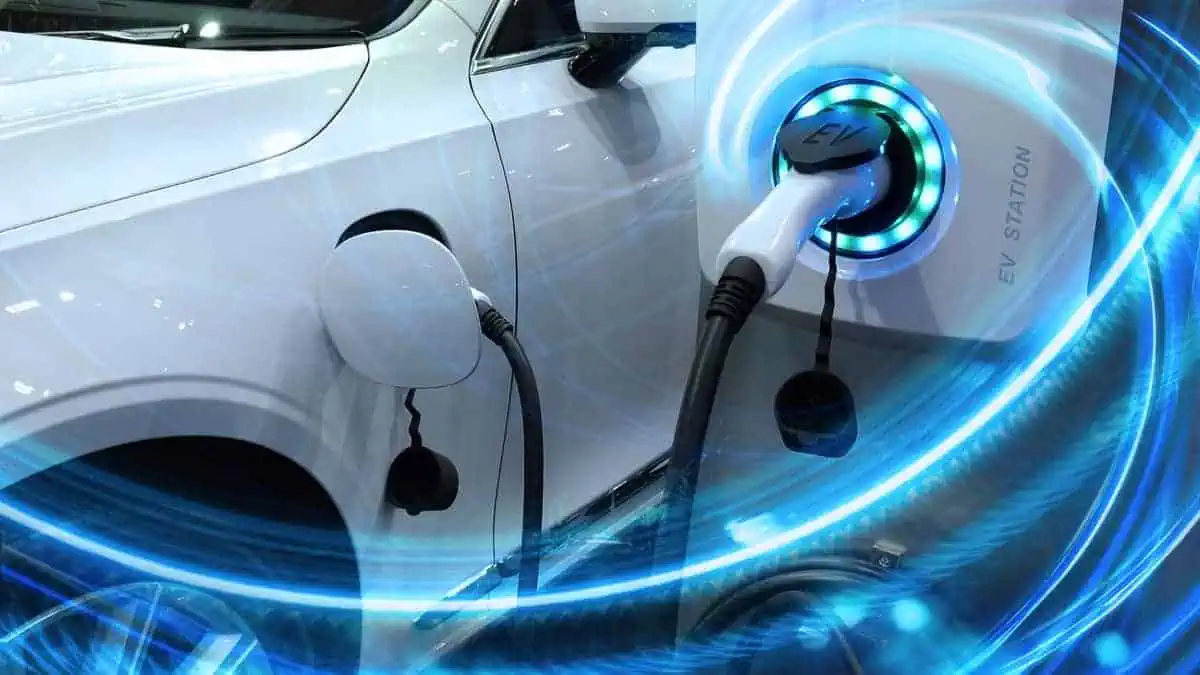There are many transformations in mobility space that we can witness now – one of them is cars powered by solar energy. A different innovative approach is emerging for electric vehicles, according to E-Vehicle Info.
Lightyear, the Dutch electric vehicle startup, has unveiled its first-ever $263,000 solar-powered car, Lightyear 0.
Lightyear’s approach is a practical way of switching from a pure battery-powered car to a hybrid solar battery-powered source. The company vows this car to be driven for seven months without charge. The vehicle, Lightyear 0, is one of its first kind and automatically charges when exposed to sunlight.
Lightyear 0
The sunroof comes with integrated solar cells that absorb light. According to the manufacturer, Lightyear 0 is the most aerodynamic production vehicle ever produced.
In addition, the solar electric car will come with curved solar panels in its hood, trunk, and roof to enable the electric battery to be topped up as it’s parked or driven.
The innovation has reliable specifications, bringing an element of competition to other automakers, which includes the capability to drive the car around 388 miles (624 km) without stopping to recharge where 44 miles (70 km) of which are generated from solar power alone. This is slightly more than a Tesla model, which does 374 miles (601 km), and significantly more than Kia Niro long range at 285 miles (458 km).
Lightyear 0 production at Valmet Automotive’s Finland facility
Lightyear 0 enters production at Valmet Automotive’s facility in Finland at one car per week rate. This first batch of Lightyear 0s rolls through assembly lines in preparation for their time in the sun.
Notably, Lightyear takes pride in becoming the first automotive company to manufacture an EV that generates power from sunlight.
As of December 8, the Lightyear 0 is nearly ready for its first time in the sun.
Lightyear to launch more affordable solar EVs by 2025
It took the startup six years to develop its research and development technologies to get to this stage and finally enter the market with new solar technology. By 2025, the automaker plans to launch more affordable solar EVs with smaller batteries.
This novel concept seems quite appealing when many EV makers are increasing the number of batteries to increase range.
Lightyear uses a different approach, attempting to harness solar energy to extend its range while consuming fewer batteries. This is an achievement of the automobile industry in bringing true solar mobility, clearly proving “building prototypes are easy, but production is hard.”






